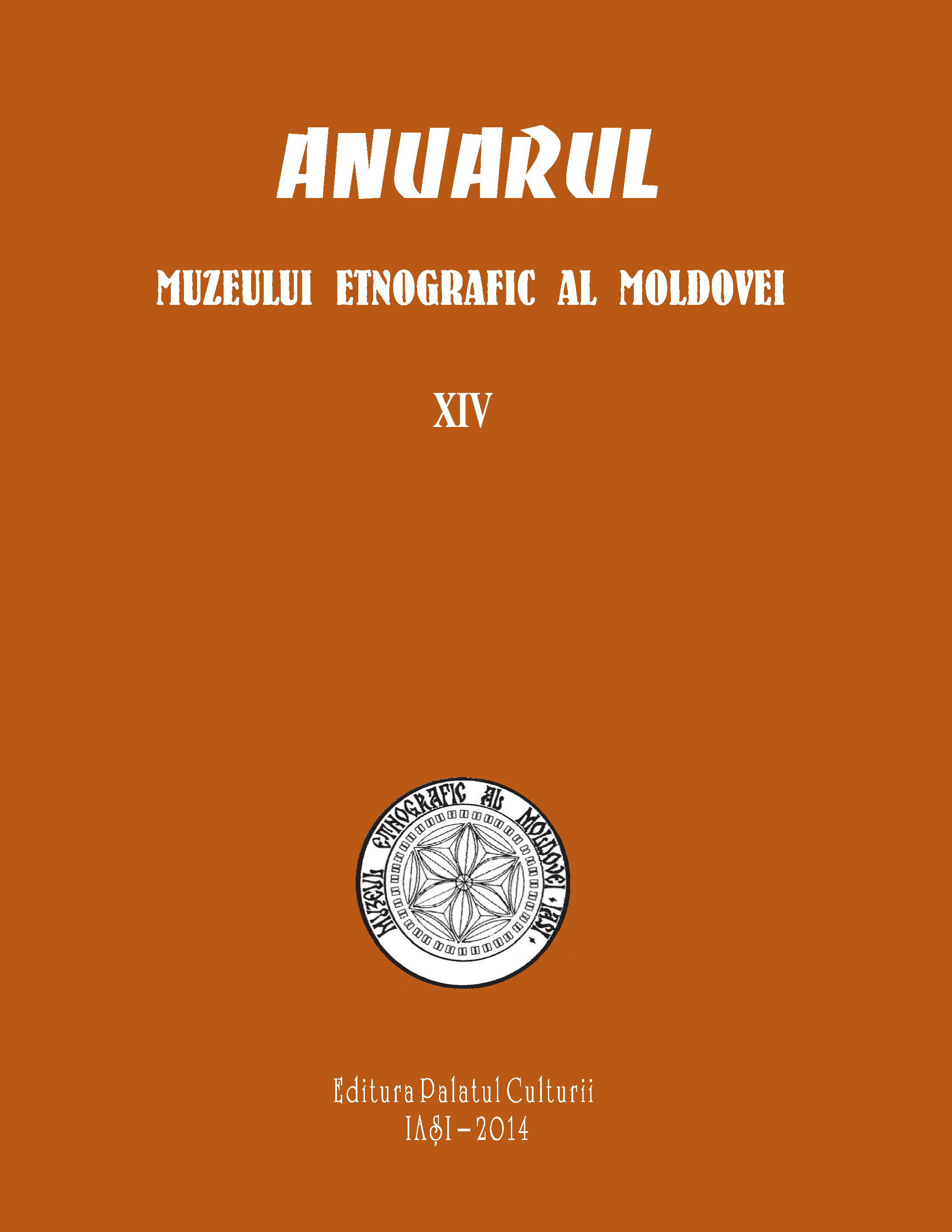Câteva observaţii asupra semnificaţiilor magico-religioase ale graffiti-lor din Europa creştină
A Few Observations Regarding Magical and Religious Significances of Graffiti in Christian Europe
Author(s): Arcadie BodaleSubject(s): Cultural Anthropology / Ethnology
Published by: Editura Palatul Culturii
Keywords: graffiti; church; health; salvation; cross; semantron; prayer for the dead; curse; pilgrim; priest; monk
Summary/Abstract: Across the European area, graffiti have magical and religious meanings with certain pagan origins, overlapping slowly and deeply the Christian teaching. For example, graffiti representing animals, horseshoes, pruning, grills, ships or anchors can be seen inside and outside the Western Europe houses and churches. These designs were made in order to obtain the Divine protection and they had an ex-voto function. Instead, graffiti representing the cross, religious objects, the Calvary (Crucifixion) of Jesus Christ, the popular figurations of the Holy and the tools of Calvary, the dove as a symbol of the Holy Spirit, the images with the Virgin Mary, the scenes of Judgment, the monograms of Christ or Virgin, are the application of health and happiness and illustrate the fervor of Christians and their hope for Salvation. On the other hand, along with crosses, on the painted monasteries of Bucovina there are a lot of pine trees drawings, which are the Funeral tree, meaning that these prayers have been made for those dead before marriage. At the same time, in the Western Europe prevail graffiti representing images, or, on the walls of the medieval Romanian churches, the majority is formed by written messages. Even though they are only some simple Christian names, they are praying for health, divine help and Salvation of those called like that. Instead, the existence of a written graffito on a church semantron was a form of curse, meant to call the divine punishment upon the sinners
Journal: Anuarul Muzeului Etnografic al Moldovei
- Issue Year: 2014
- Issue No: 14
- Page Range: 245-268
- Page Count: 24
- Language: Romanian

